In today’s competitive market, ensuring product durability and consistent performance is essential for maintaining customer trust. Recently, manufacturers have raised concerns that UV Light Degradation may adversely affect the stability of formulations and packaging, potentially leading to Whitening Gel Leakage. In this blog, we explore the relationship between UV-induced material degradation and the resulting leakage issues, identify the key causes, and propose solutions to safeguard product quality.
As consumer expectations evolve, high-quality aesthetic and functional performance become non-negotiable factors for success. Products like whitening gels are expected not only to deliver effective results but also to maintain their integrity throughout their shelf life. Any defects—such as leakage from compromised packaging—can lead to costly recalls and diminished brand reputation. Therefore, understanding and mitigating factors like UV Light Degradation that could lead to Whitening Gel Leakage is essential for staying ahead in the marketplace.
UV Light Degradation refers to the breakdown of materials when exposed to ultraviolet radiation. This degradation can affect both the chemical and physical properties of polymers used in packaging and seals. Over time, UV exposure can cause discoloration, embrittlement, and loss of mechanical strength in components designed to keep the whitening gel contained. Recognizing these effects is crucial, especially for products marketed for their long-lasting stability.
Whitening Gel Leakage occurs when the gel escapes from its containment system due to compromised packaging integrity. Leakage may manifest as a complete rupture or gradual seepage, both of which significantly affect product efficacy and safety. Manufacturers have noted that when the packaging materials are degraded by UV exposure, micro-cracks and weakened seals develop, providing an escape route for the gel. This issue not only impacts the product’s aesthetic appeal but can also disrupt dosing accuracy and overall performance.
Several factors converge to create an environment where UV Light Degradation can lead to Whitening Gel Leakage:
Understanding these factors can help in developing a holistic strategy for mitigating leakage issues.
To combat the challenges posed by UV Light Degradation and to prevent Whitening Gel Leakage, manufacturers can adopt several strategies:
By integrating these measures, manufacturers can significantly reduce the risk of leakage while safeguarding the overall quality of whitening gel products.
Looking forward, the convergence of advanced material science, smart manufacturing, and improved regulatory standards will play a pivotal role in addressing issues related to UV Light Degradation and Whitening Gel Leakage. Innovations such as nanoscale coatings, real-time degradation monitoring, and AI-driven predictive maintenance are poised to transform product reliability. As consumer demand for high-performance aesthetic products continues to rise, companies that invest in such technologies will not only meet but exceed market expectations, establishing a competitive edge in global markets.
Conclusion
The relationship between UV Light Degradation and Whitening Gel Leakage underscores a critical challenge in product packaging and longevity. By understanding the underlying causes, enhancing material selection, optimizing design, and implementing robust quality control practices, manufacturers can effectively mitigate these risks. Continuous innovation and collaboration across the supply chain will be key to ensuring long-term product integrity and consumer satisfaction.
Interested in discovering how advanced packaging solutions can protect your products from UV damage? Contact us today to learn more about our tailored strategies and cutting-edge technologies.
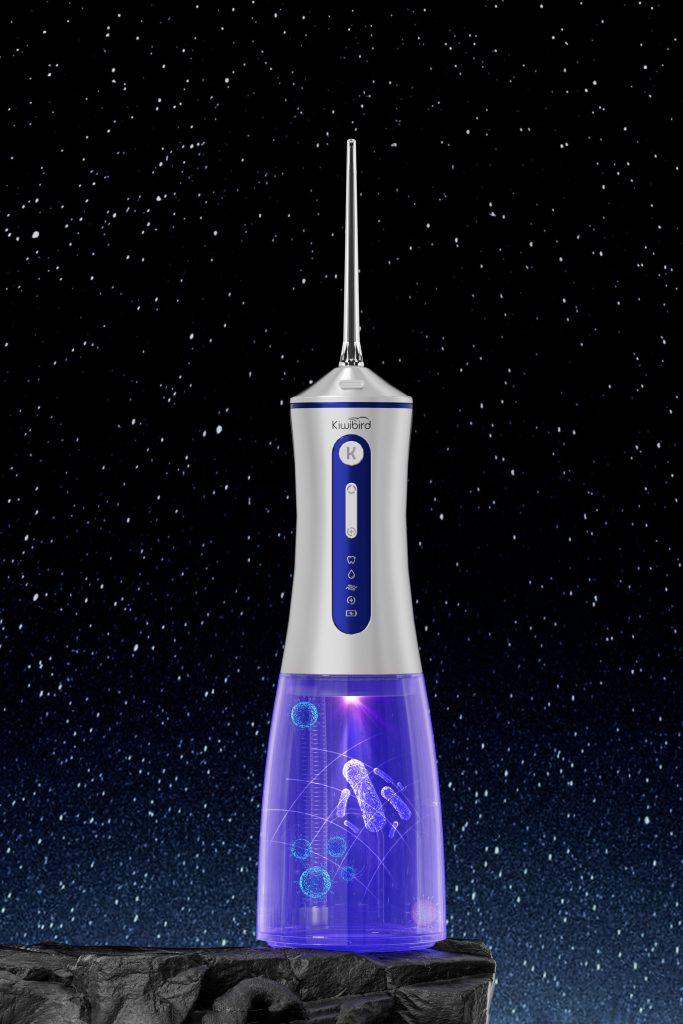
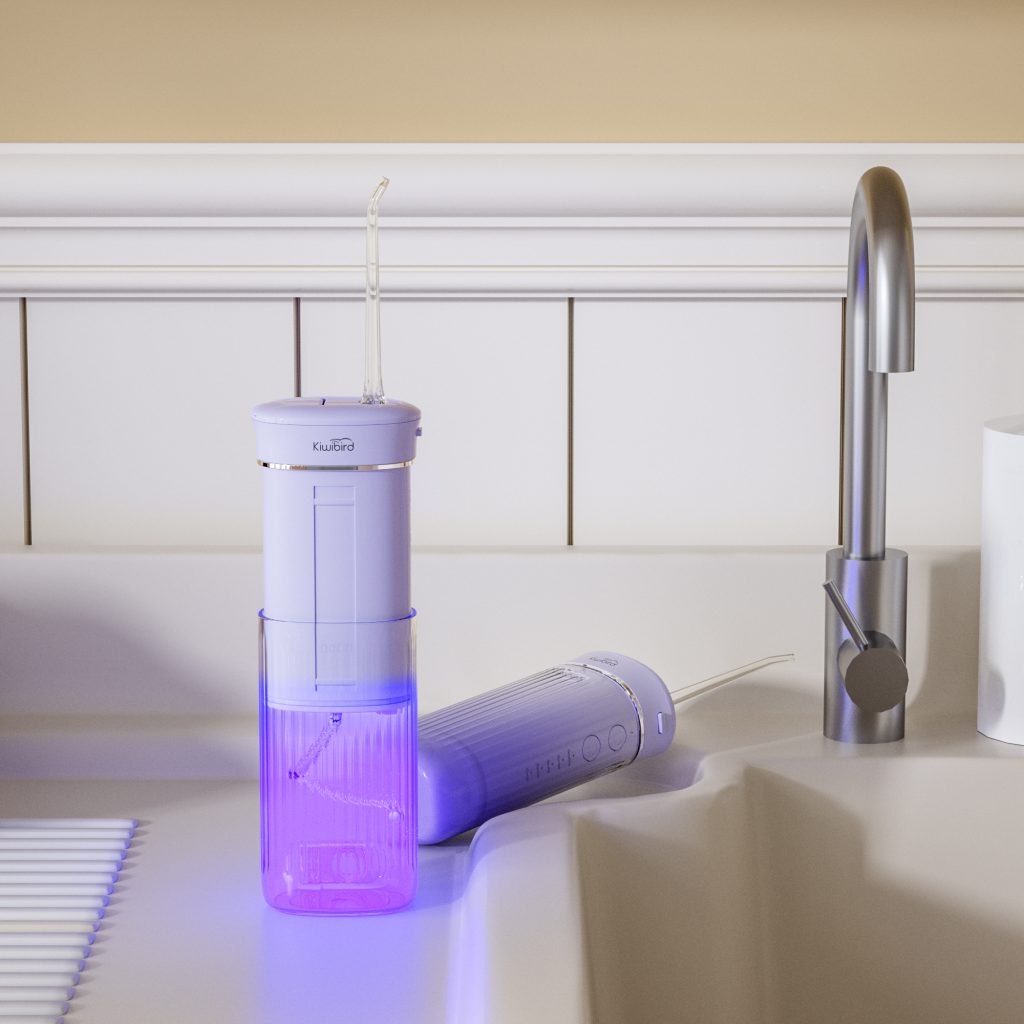
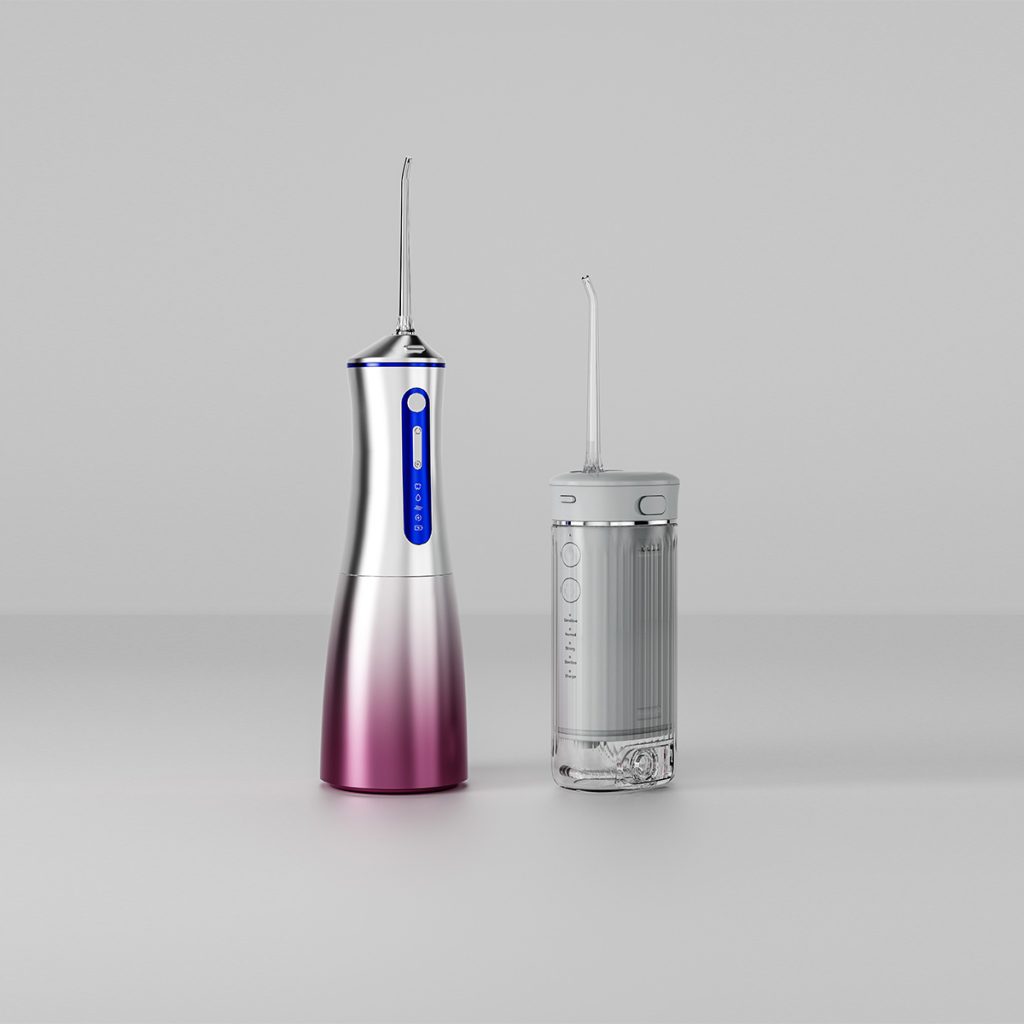
Does Device Discoloration Signal Gum Recession Triggers?
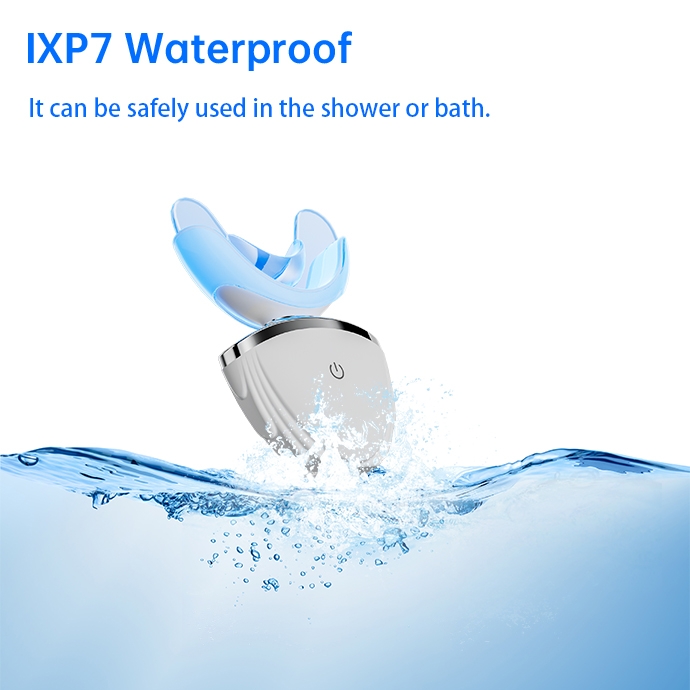
How Much Do You Know About the Manufacturing Industry of Home Teeth Whitening Products?
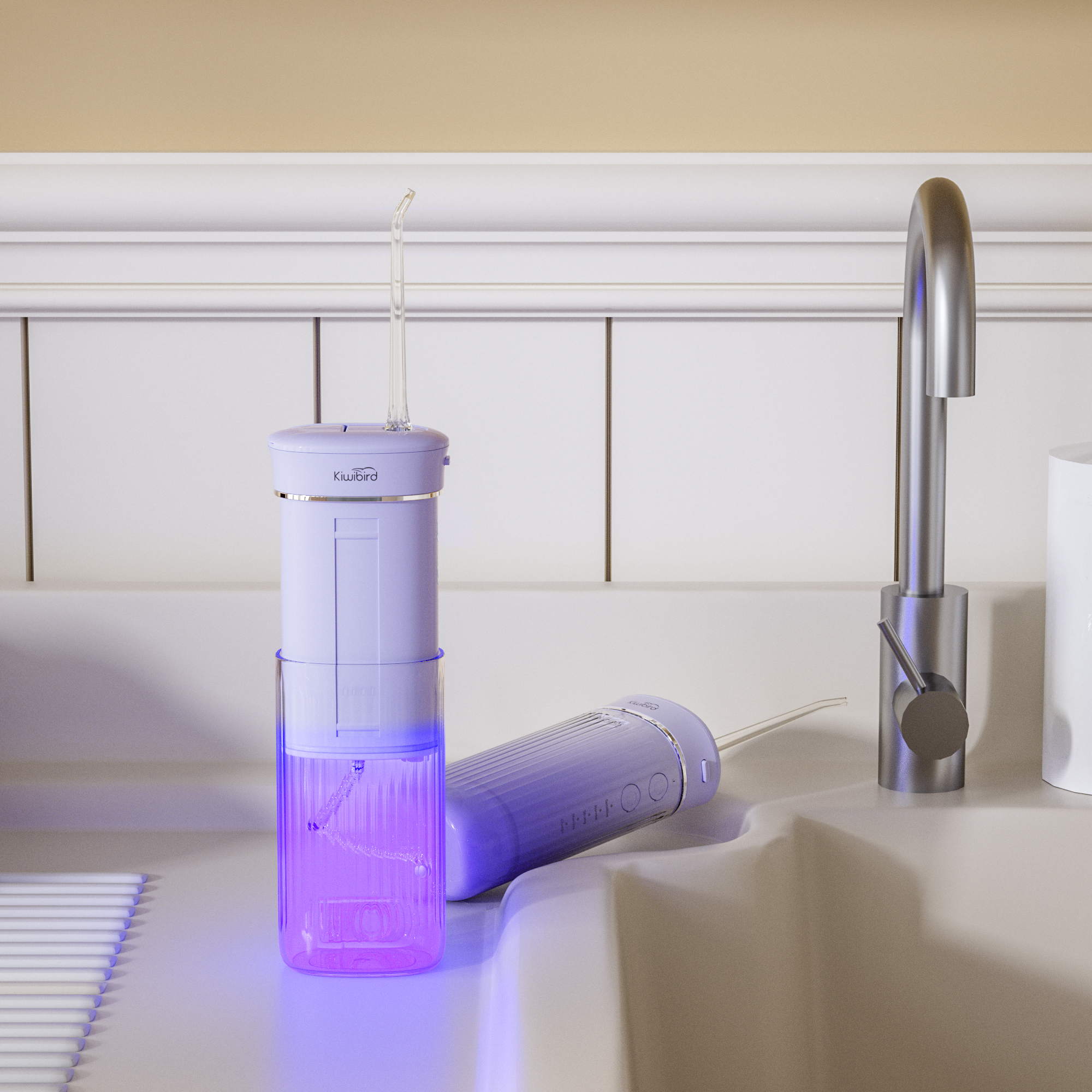
How Water Pump Technology Revolutionizes Water Flosser Performance
Are Bluetooth Disconnects Causing Battery Drain Speed?
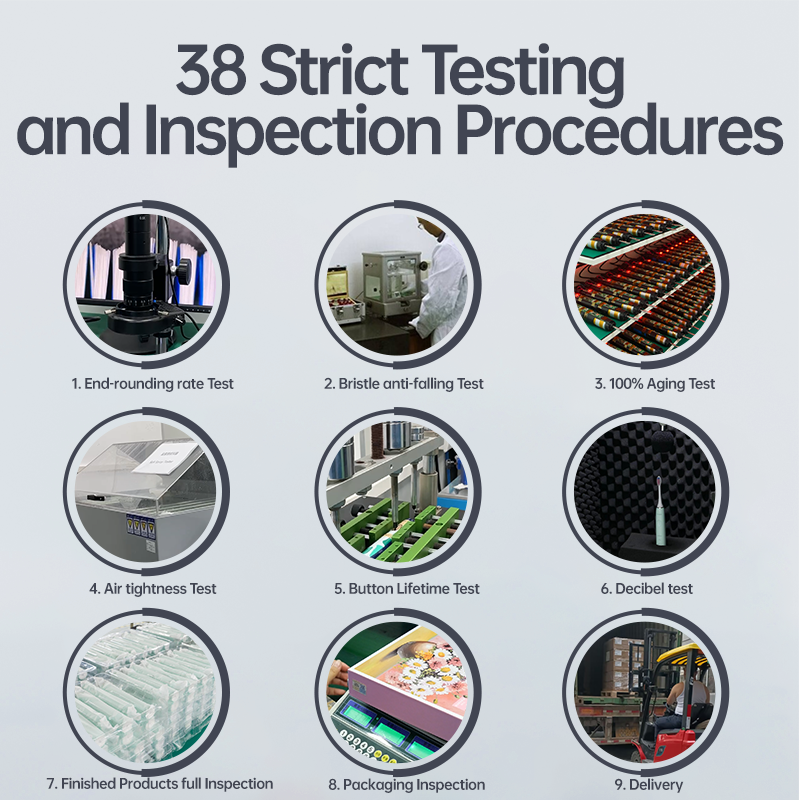
How to Ensure That a Factory’s Quality Control Process is Strict and Standardized
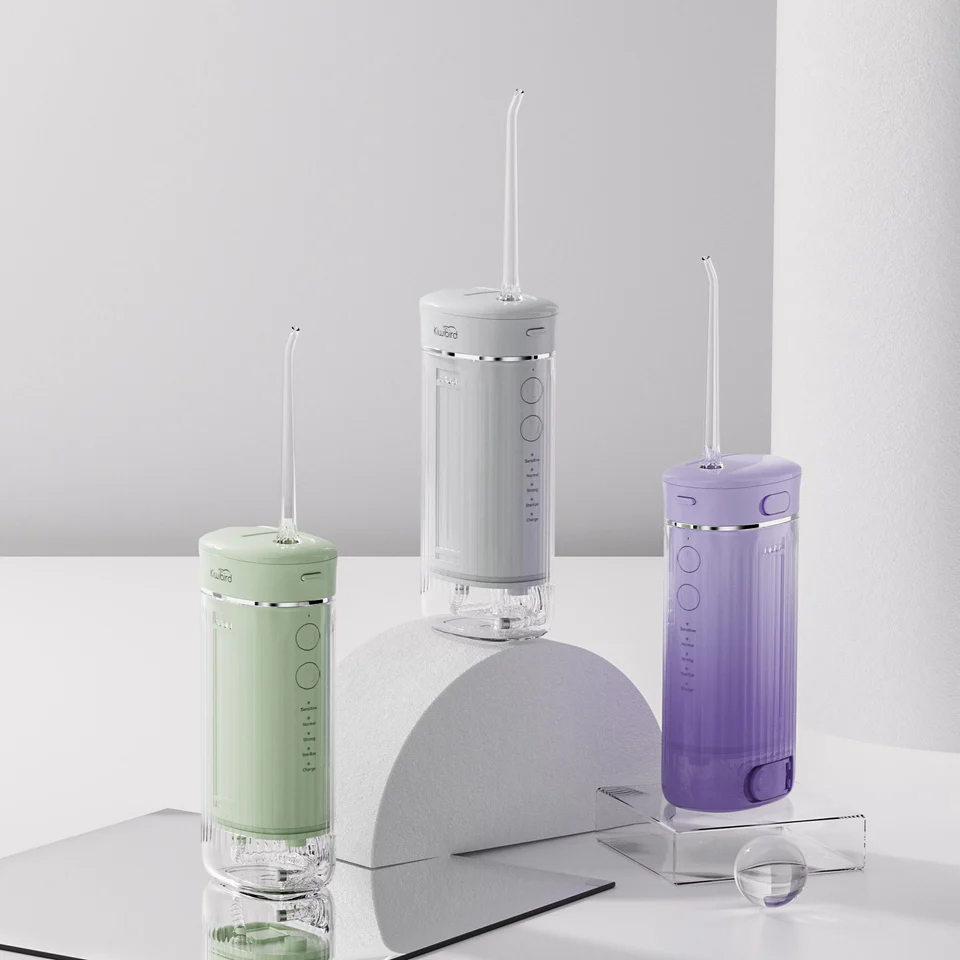
The Revolutionary Impact of Gravity Ball Design on Water Flosser Performance
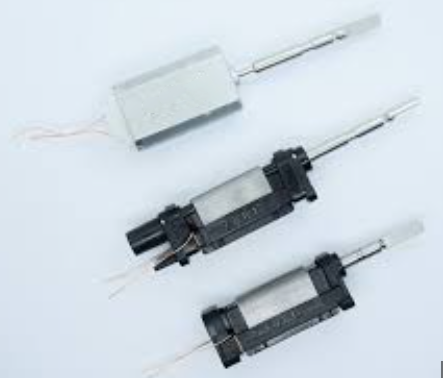
Analysis of the Core Components of Electric Toothbrushes: How Do High-Performance Motors Improve Cleaning Efficiency?
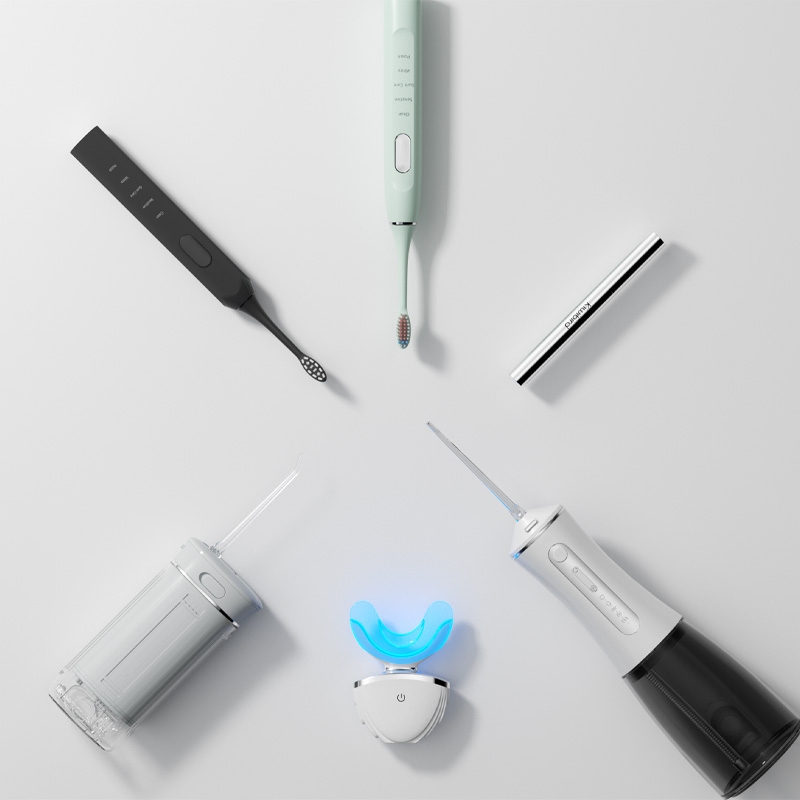
Starting from the Logic of FMCG, What is the Growth Path of New Electric Toothbrush Brand
Why Are Button Responsiveness Declines Tied to Battery Lifespan Inconsistency?
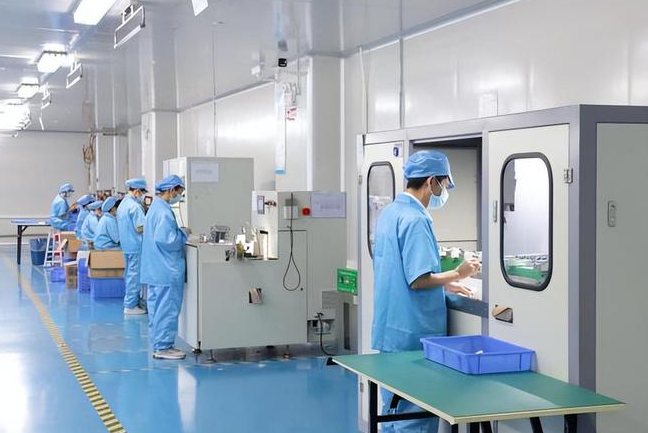
The Difference Between a Dry Battery Toothbrush, a Sonic Electric Toothbrush, and a Rotary Electric Toothbrush
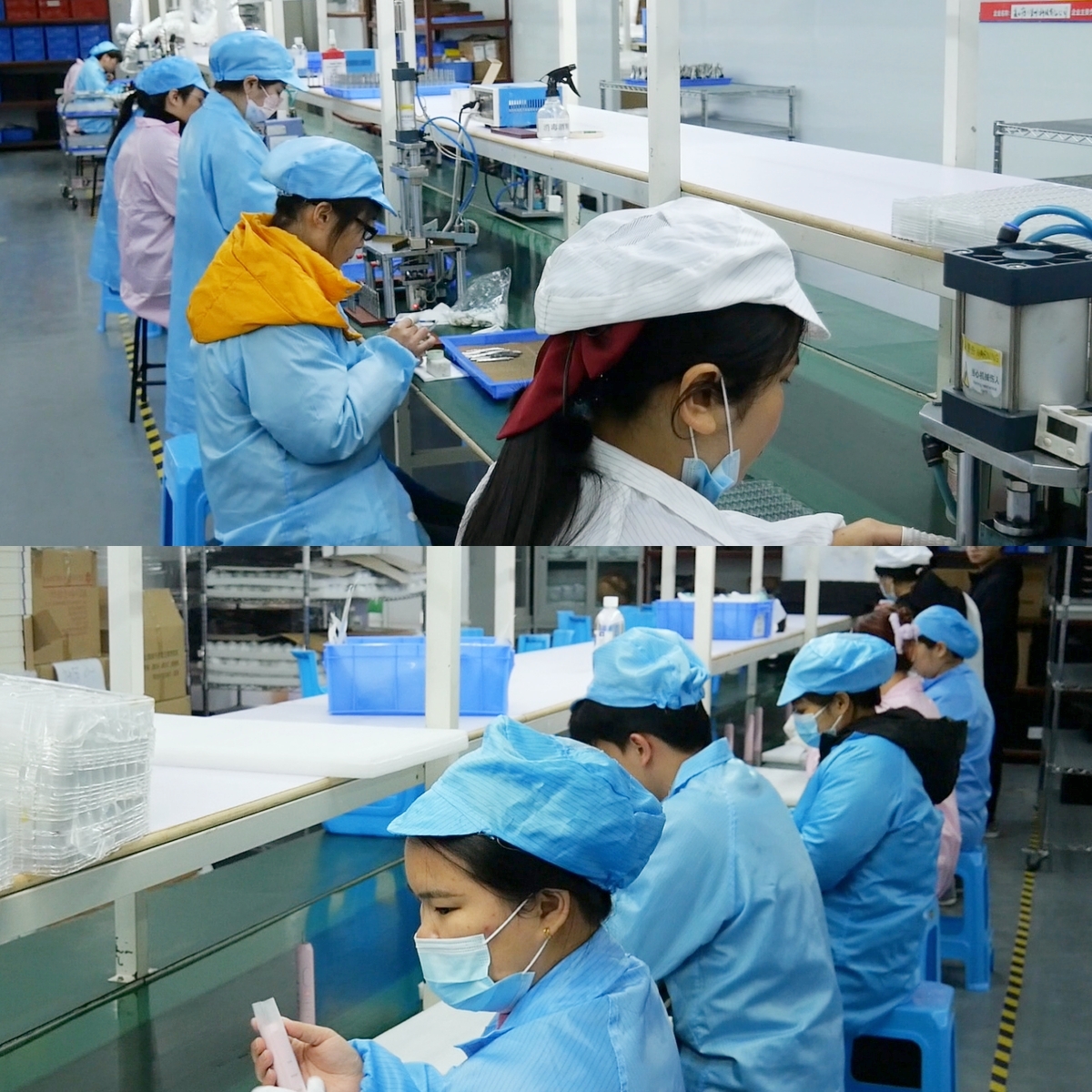
What is the Difference Between a Factory with Its Own Motor Production Line and a Factory with Outsourced Motors?
How Do Travel Lock Jams Connect to Mode Switch Lag?
Nozzle Clogs + Water Leakage — Is Your Irrigator Still Usable?
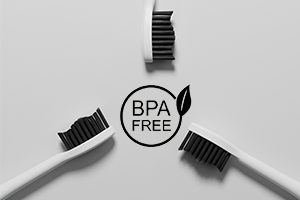
Zoom in 100 Times! What is Special About the Bristles of Electric Toothbrushes?
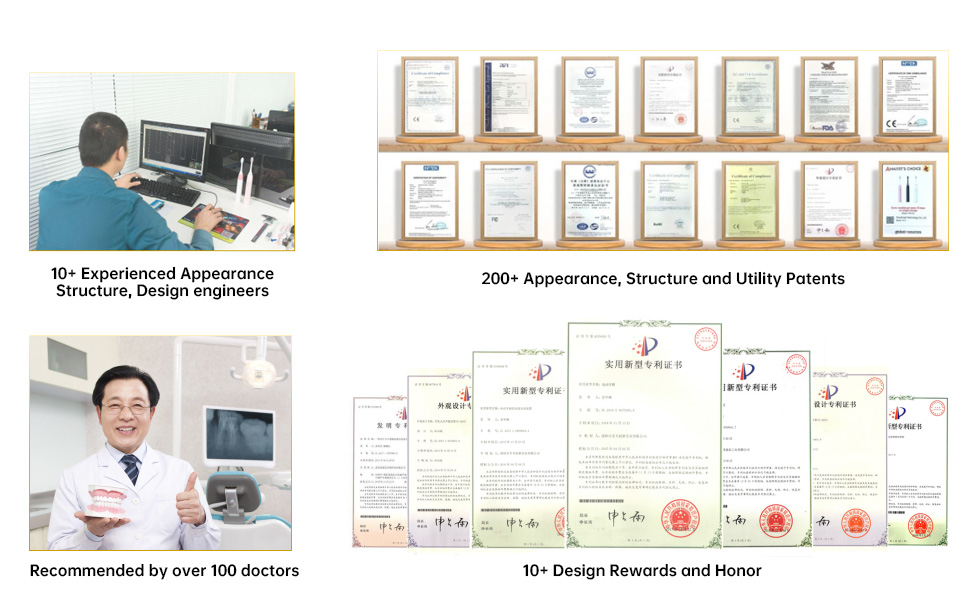
How to Judge Whether a factory’s R&D capabilities Is Strong?
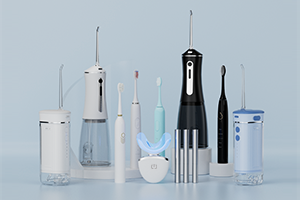
Tips for Brushing Your Teeth Quickly and Cleanly with an Electric Toothbrush

Customization Teeth Whitening Gel

electric toothbrush heads Ultra Soft

Electric toothbrush heads Charcoal Infused-Diamond

electric toothbrush heads Charcoal Infuse-Round

electric toothbrush heads Deep Clean

Private Label Whitening Gel
.jpg)
Florida Electric Toothbrush – Powsmart PTR-C8

electric toothbrush heads Regular Clean
whstapp
whstapp
National Toll-Free Service Hotline
+86 755 86238638